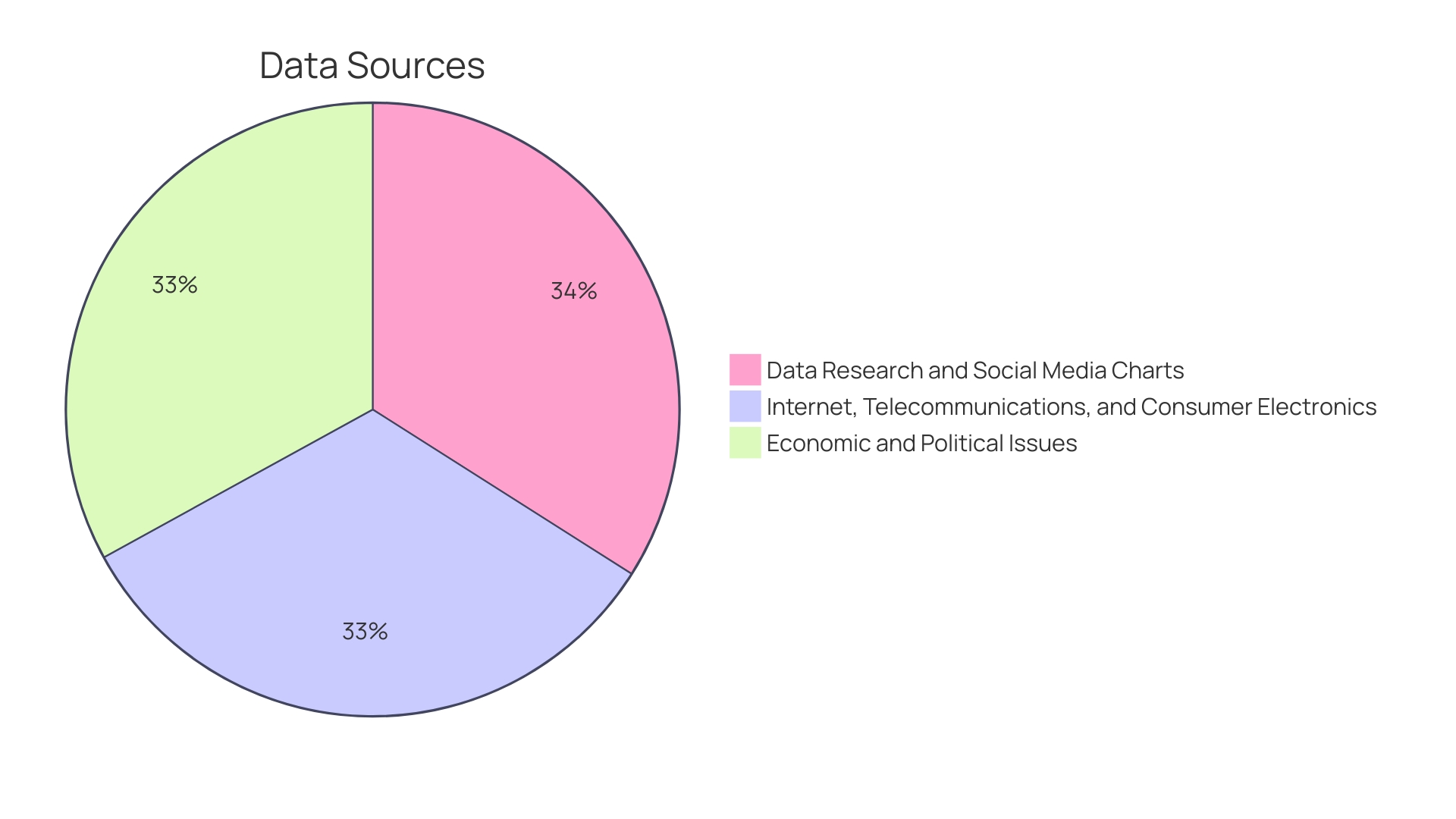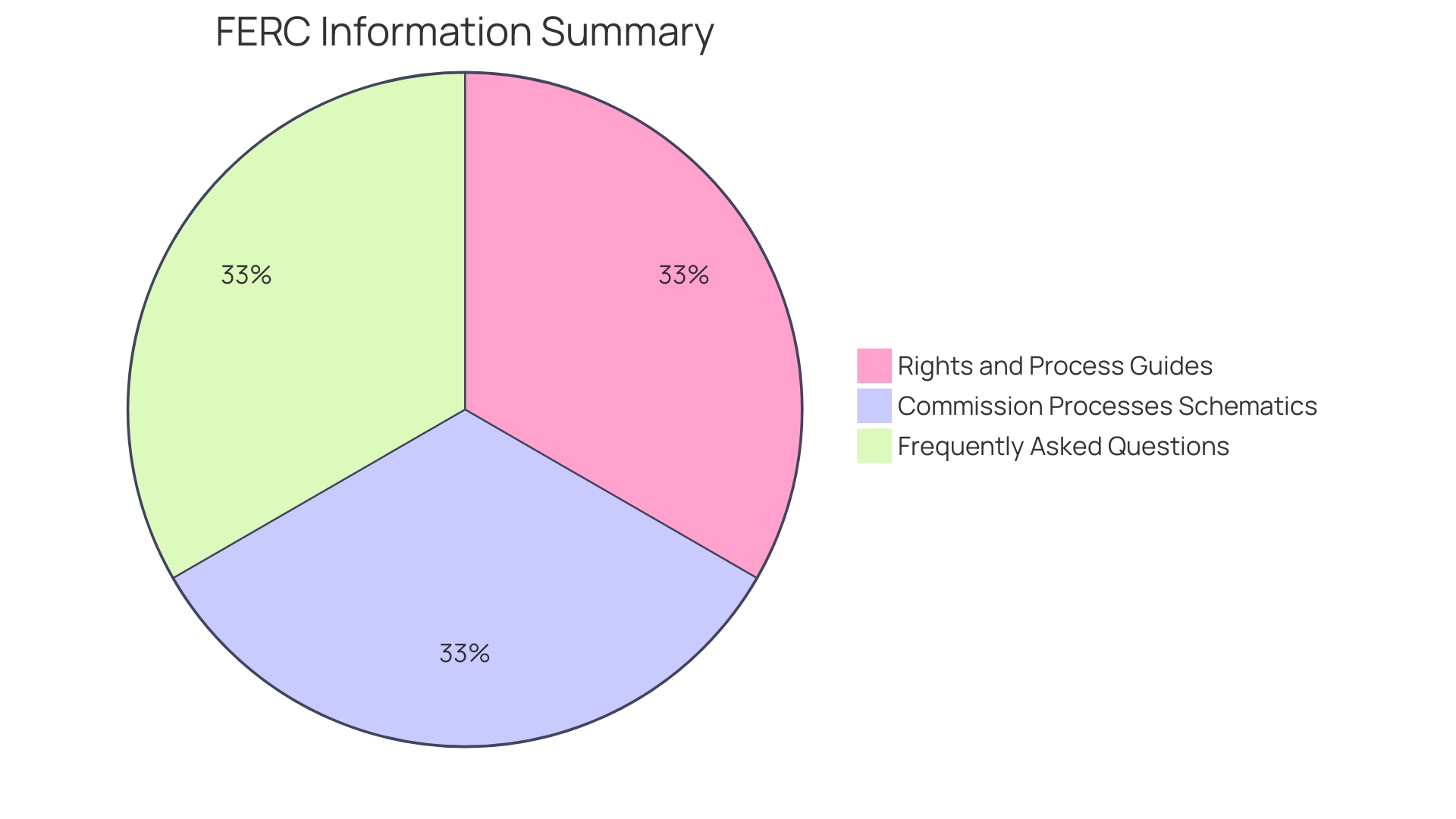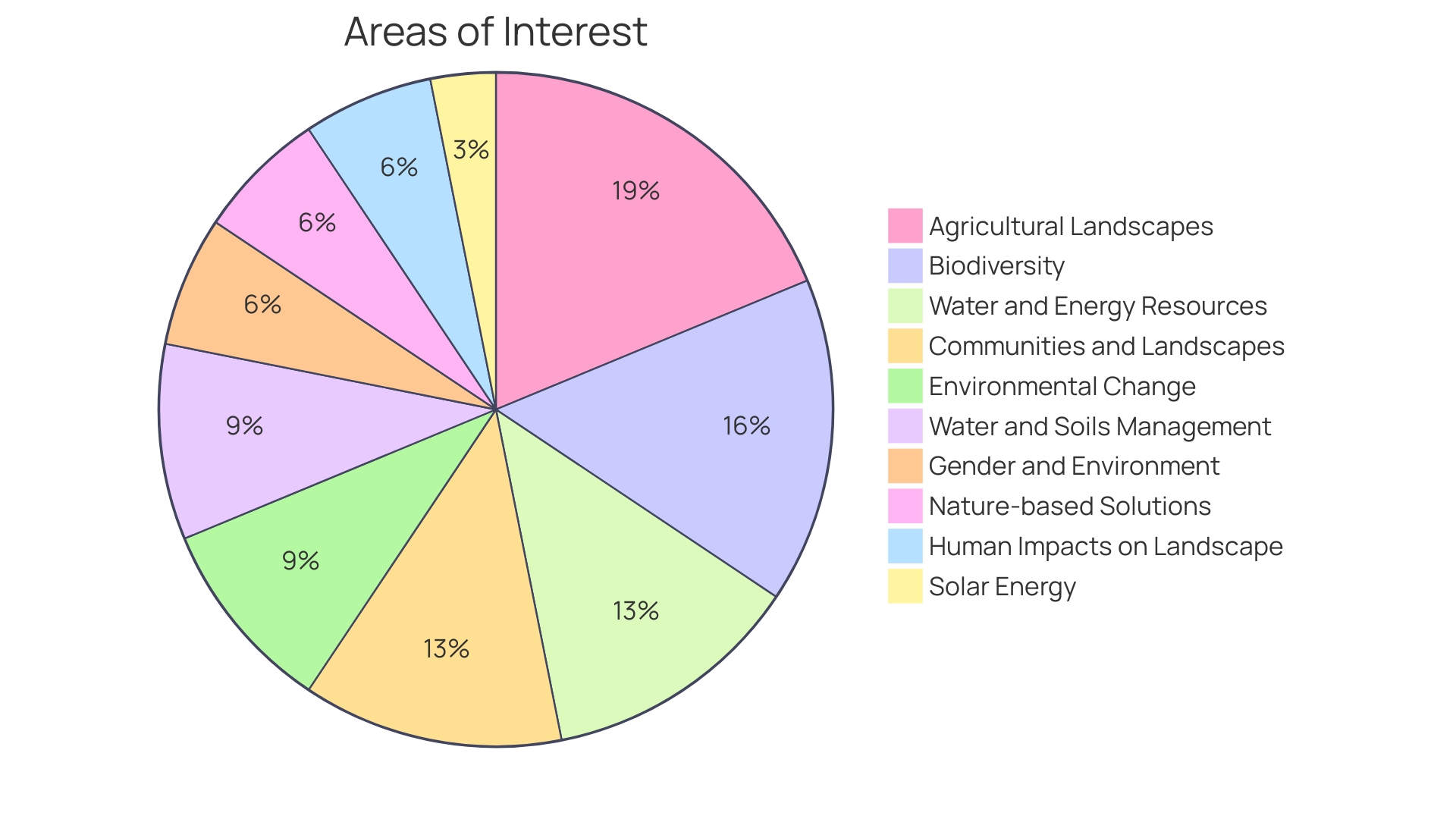Introduction
Solar energy farms have emerged as a significant contributor to clean energy production, harnessing sunlight to generate electricity without harmful emissions. One crucial aspect of this transition towards sustainability is land leasing for solar development. Leasing land for solar projects offers numerous benefits, including lower entry barriers for solar companies, increased flexibility, and reduced financial risks compared to land ownership.
Landowners who lease their property for solar development can secure a consistent revenue stream while contributing to local economies and advancing renewable energy goals. These solar land leases align with broader environmental objectives, promoting biodiversity in agricultural landscapes and minimizing land degradation. Solar farms not only generate clean energy but also provide opportunities for landowners to transform their acres into a source of steady income and enhance economic security.
The decision to lease or purchase land for solar development involves careful consideration of factors such as solar potential, proximity to electrical infrastructure, and compliance with zoning laws and environmental assessments. Effective stakeholder engagement and community involvement are crucial for sustainable solar development, as solar projects can have a positive economic ripple effect and contribute to ecological and agricultural benefits. Real-world examples demonstrate the potential of solar land leases to foster ecosystem health, support local economies, and advance renewable energy objectives, all while addressing important environmental concerns.
Benefits of Leasing Land for Solar Development
Solar power farms signify a notable advancement in green production. Expanding over acres, these extensive photovoltaic panel collections capture sunlight and convert it into electricity, a process that is essential to the functioning of power plants. Notably, these plants generate renewable energy without the harmful emissions associated with traditional power generation. A typical utility-scale power plant requires between 5 and 10 acres per megawatt of generating capacity, as stated by the Energy Industries Association.
Landowners leasing their property for renewable energy development play a crucial role in this sustainable transition. Solar companies benefit from leasing because it lowers the barriers to entry, particularly the high initial costs of property acquisition. This setup provides increased adaptability as installations can be relocated more effortlessly compared to fixed structures on acquired property. Moreover, leasing avoids the financial risks associated with property ownership, such as ongoing property taxes and maintenance costs.
The usual duration for leases related to properties used for harnessing solar energy spans from 20 to 30 years, with the potential for negotiation regarding alternative terms. During this period, landowners can secure a consistent revenue stream, which is particularly advantageous given the uncertainties of traditional farming and livestock operations. Furthermore, projects utilizing the sun's power make a positive impact on local economies by generating a multitude of employment opportunities, ranging from proficient specialists to assisting personnel, all while promoting worldwide and national goals for sustainable power and assisting in efforts to combat climate change.
Participating in leases for harnessing the power of the sun is in line with wider environmental goals, as emphasized by specialists in agricultural economics and environmental engineering who support the preservation of biodiversity in agricultural areas and the adoption of nature-centered approaches for mitigating human effects on the environment. Farms that harness the power of the sun can contribute to these strategies by reducing soil erosion while at the same time producing renewable energy.
Key Considerations for Solar Companies
Companies venturing into the establishment of sun-powered farms must navigate a intricate landscape of considerations. At the core of such ventures is the choice to lease or buy land, which depends on factors like the land's renewable energy potential, its proximity to existing electrical infrastructure, and the feasibility of securing long-term usage agreements. An energy farm usually needs 5 to 10 acres per megawatt of generating capacity, according to the Energy Industries Association. The complexities of sun farms, which can vary from photovoltaic power stations to concentrated sunlight projects, highlight the significance of thorough planning and financial analysis. Lease agreements, for example, involve not only the initial payments but also escalations and the impact on long-term return on investment. Taking into account the pivotal role played by sunlight power in generating eco-friendly and sustainable electricity, the strategic choice between leasing or purchasing becomes more complex due to the need to comply with zoning regulations, usage permits, and environmental assessments. These regulatory frameworks vary across local, state, and federal levels, presenting an additional layer of complexity for renewable energy companies and landowners alike.
Impact on Landowners and Local Communities
Leasing available for harnessing renewable energy establishes a mutually beneficial connection between property owners and the progress of sustainable power. Landowners have the unique opportunity to transform their dormant or less productive acres into a source of steady revenue by entering into solar leases. These agreements are not just financially advantageous, providing a consistent stream of rental income and enhancing economic security, but they also play a crucial role in fostering environmental stewardship.
Experts such as Kaitlyn Spangler from Penn State's Department of Agricultural Economics emphasize the significance of diversifying agricultural landscapes. Renewable energy installations can be part of this diversity, contributing to a more sustainable and resilient land use model. According to Lauren McPhillips, also of Penn State, integrating nature-based solutions and minimizing human impacts on landscapes is vital. Solar projects align with these goals by generating clean power and potentially reducing the carbon footprint associated with traditional energy sources.
The wider community benefits from renewable energy projects as well. Dr. Erin Kiella emphasizes the significance of comprehending the consequences of sustainable power on local communities. The economic ripple effect is palpable, with job creation, enhanced tax bases, and local infrastructure development. The substantial increase in Texas' solar sector is demonstrated by the projected 36 GW buildout over the next five years by the Solar Energy Industries Association (SEIA), indicating a significant advancement in utility-scale solar power, as indicated by recent market studies.
This growth is mirrored nationwide, as the US industry for renewable energy marked a record-breaking year in 2023 with the installation of 32.4 GWdc of capacity—a 51% increase from the previous year. Such expansion underscores the pivotal role energy from the sun plays not only in modernizing the grid but also in driving economic prosperity and community resilience across the United States.

Regulatory Factors and Community Engagement
To successfully navigate the complexities of leasing for solar energy, it is crucial to have a comprehensive understanding of the regulatory landscape. Each jurisdiction presents a unique set of challenges that include zoning laws, permitting procedures, and environmental assessments. The Energy Industries Association (SEIA) recognizes this complexity and emphasizes the necessity for entities to adhere to these regulations to achieve project approval. The recent Bureau of Land Management (BLM) initiative to open 22 million acres of federal land for renewable energy development highlights the evolving regulatory environment, aiming to streamline the process while respecting conservation needs.
Community involvement is paramount, as echoed by experts in agricultural economics and environmental engineering. Incorporation of renewable energy projects into the community fabric should not only aim for biodiversity but also consider the impact on local water and soil management. Initiatives like 'agrivoltaics' and 'brightfields' represent a game-changing strategy for development, combining ecological and agricultural advantages with electricity generation. These best practices are designed to promote favorable community relationships and enhance support for initiatives related to renewable energy.
The increase in the popularity of solar power, demonstrated by a 51% growth in the capacity of the US solar industry in 2023 compared to the previous year, is a testament to the sector's expansion. As the industry continues to expand, effective stakeholder engagement and a deeper consideration of siting-related risks, technologies, and policies are essential for harmonious and sustainable development.

Case Study: Real-World Examples of Solar Land Leases
Examining the leasing of sunlight territory through the perspective of practical implementations exposes a range of inventive strategies and mutually advantageous results. For instance, a pioneering agrivoltaic project has transformed agricultural area into a bountiful source of both crops and clean energy. By integrating panels with crop production, farmers not only harvest the sun for electricity but also maintain agricultural productivity, preserving biodiversity and supporting community sustenance. In a different scenario, a cooperative project involving a developer of sunlight-based energy and a local government resulted in the creation of an extensive installation on public grounds. This strategic alliance capitalized on the ideal characteristics of flat, well-draining terrain, typically sought after for both agriculture and installations, underscoring the importance of dual-use strategies to mitigate conflicts in land usage. These practical examples underscore the potential for solar land leasing to foster ecosystem health, support local economies, and advance renewable energy objectives, all while addressing vital environmental concerns.

Conclusion
Solar energy farms have emerged as a significant contributor to clean energy production, harnessing sunlight to generate electricity without harmful emissions. Leasing land for solar development offers benefits such as lower entry barriers, increased flexibility, and reduced financial risks compared to land ownership. Landowners who lease their property for solar development can secure a consistent revenue stream while promoting biodiversity and minimizing land degradation.
The decision to lease or purchase land for solar development involves careful consideration of factors such as solar potential, proximity to infrastructure, and compliance with regulations. Effective stakeholder engagement and community involvement are crucial for sustainable solar development, as solar projects can have a positive economic ripple effect and contribute to ecological and agricultural benefits. Real-world examples demonstrate the potential of solar land leases to foster ecosystem health, support local economies, and advance renewable energy objectives.
By entering into solar leases, landowners can transform their acres into a source of steady revenue and contribute to a more sustainable land use model. Solar projects also offer benefits to the broader community, including job creation and infrastructure development. Navigating the regulatory landscape is essential, with adherence to zoning laws and environmental assessments being crucial for project approval.
Community involvement and integration of solar projects into the local fabric are paramount, aiming for biodiversity and considering water and soil management.
Real-world examples of solar land leases showcase innovative approaches such as agrivoltaics, which integrate solar panels with crop production. Collaborative ventures between solar developers and municipalities can establish solar arrays on public lands, resolving land-use conflicts. These examples highlight the potential of solar land leasing to foster ecosystem health, support local economies, and advance renewable energy objectives.
By embracing solar land leases, landowners and communities can play a significant role in the transition to clean energy while reaping economic and environmental benefits.




